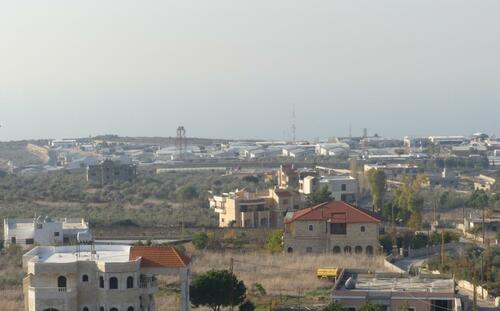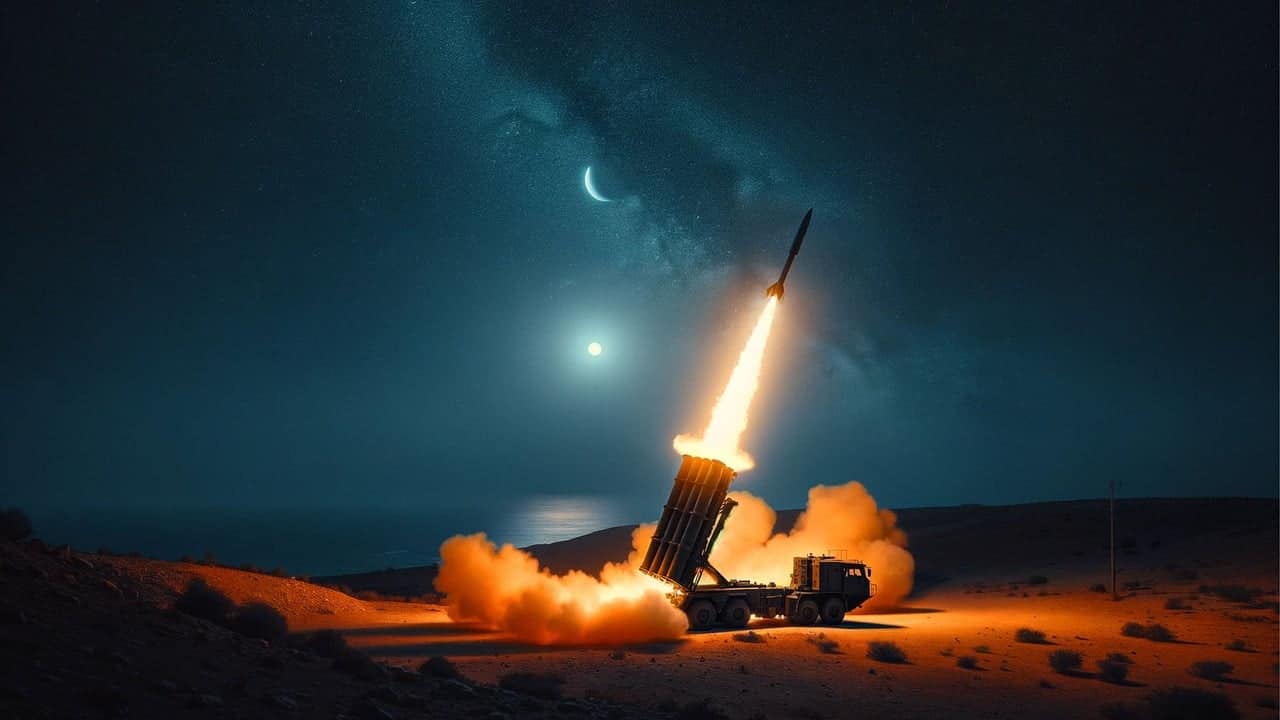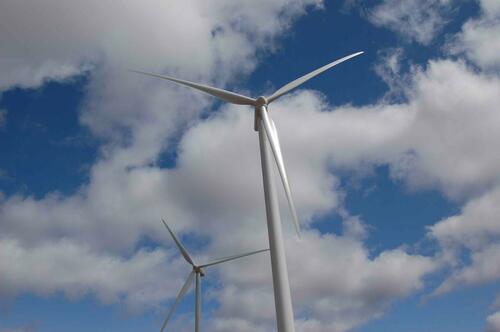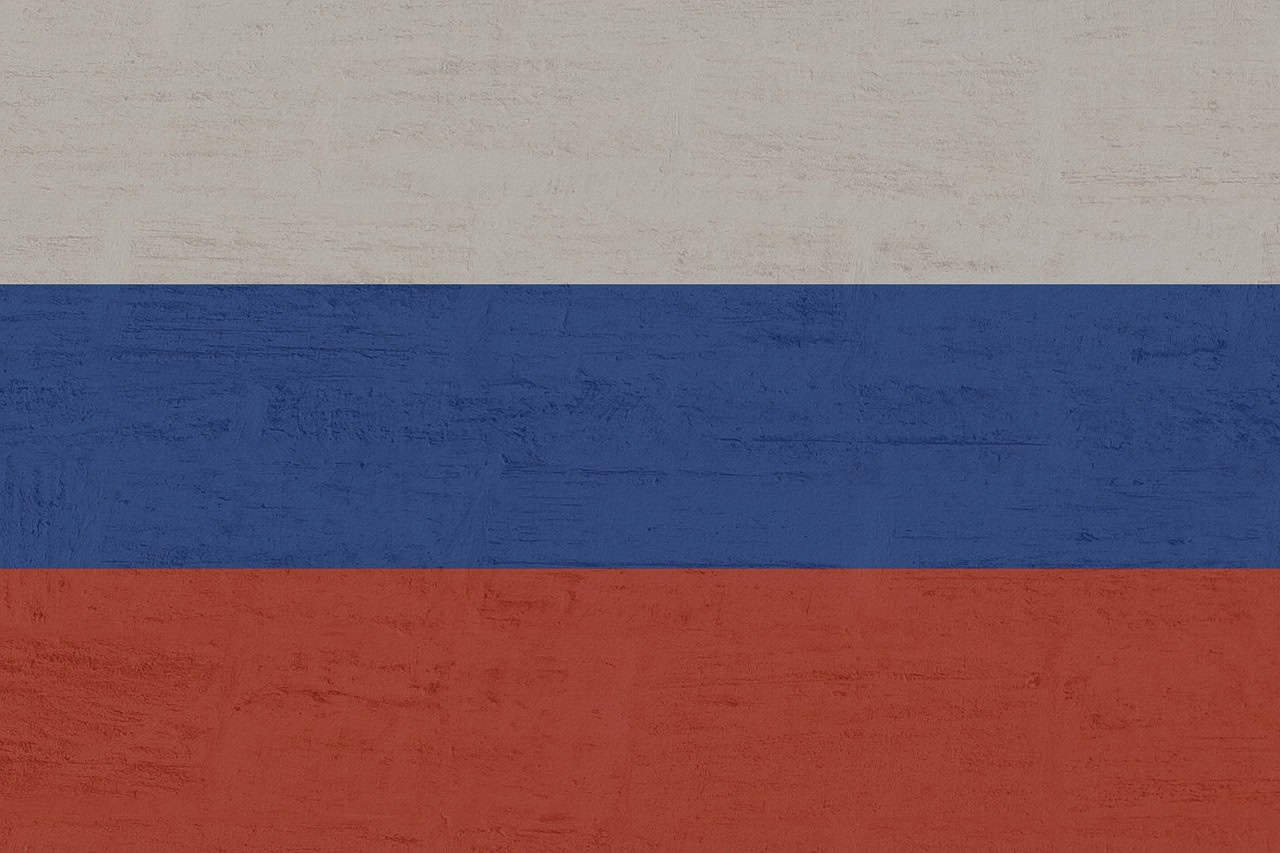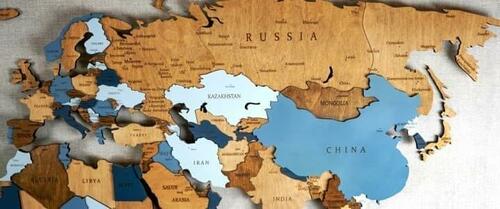
Authored by RFE/RL Staff via OilPrice.com,
-
Putin is using the BRICS summit to project strength and counter Western isolation, while also pushing for initiatives like an alternative payment system and grain exchange.
-
BRICS members are divided on their approach to the West, with some seeking to reform the current international order and others aiming to dismantle it.
-
Despite its growing economic influence, BRICS faces internal challenges and a mixed track record in achieving its goals.
As Russian President Vladimir Putin hosts leaders for the 16th annual BRICS summit, he’s determined to show the West that he still has important allies by his side after nearly three years of attempts to isolate Russia for its full-scale invasion of Ukraine.
But while Putin is getting the optics he wants, what kind of an organization is BRICS actually growing into?
Finding Perspective:
The summit in Kazan, which began on October 22 and will run until October 24, is the first meeting for the group since Egypt, Ethiopia, Iran, and the United Arab Emirates joined past members Brazil, Russia, India, China, and South Africa.
Putin is looking to use BRICS, or BRICS+ as the expanded format is sometimes termed, to signal that Russia has plenty of influential friends, despite its pariah status in the West.
The summit is intended to showcase the group’s collective economic might and also entice new countries into a coalition that Moscow and Beijing hope will help form a new world order not dominated by the West.
In Kazan, Putin is expected to push negotiations to build an alternative platform for international payments that would be immune to Western sanctions.
Russia, the world’s top wheat exporter, will also propose the creation of a BRICS grain-trading exchange as an alternative to Western markets where international prices for agricultural commodities are set.
But not all BRICS members completely align with the anti-Western stance coming from Beijing and Moscow and this divide could come out in Kazan.
The Balancing Act:
While all BRICS members may be united in the “belief that the current structures that govern the international order and the global economy are unfairly weighted toward the Western world,” Stewart Patrick, a senior fellow at the Carnegie Endowment for International Peace, told me, there is a division between China, Iran, and Russia, which want to unseat the current order, and others who want to reform it.
Many BRICS members, like Brazil and India, still work closely with the United States and other countries in the West, even as they seek to gain more global leverage.
For many of the new members, with the exception of Iran — and also for many that have applied to join recently — BRICS holds mostly economic appeal.
Members and would-be members alike are also looking for alternative sources of financing than available from the World Bank and International Monetary Fund (IMF), and are looking to gain better access to burgeoning markets that could better define the global economy in the coming decades.
Why It Matters:
Beyond the financial appeal of the bloc, many countries also view BRICS as a form of geopolitical insurance.
And that hedge is even more relevant given added unpredictability brought to the United States in recent years.
Still, the divisions within BRICS — and the bloc’s so far thin track record in delivering on its initiatives — could continue to hold it back.
China, Iran, and Russia represent a group within BRICS that are grappling to varying degrees with U.S. sanctions and fighting different types of proxy battles with the United States around the world.
Others, like Egypt, are leading recipients of U.S. military aid or like the United Arab Emirates, host U.S. military bases.
Adding to those difficulties in articulating what a shared vision for the BRICS would look like, China and India have difficult relations, while there is little warmth to be found between Arab states and Iran.
Loading…
Originally Posted at; https://www.zerohedge.com//

